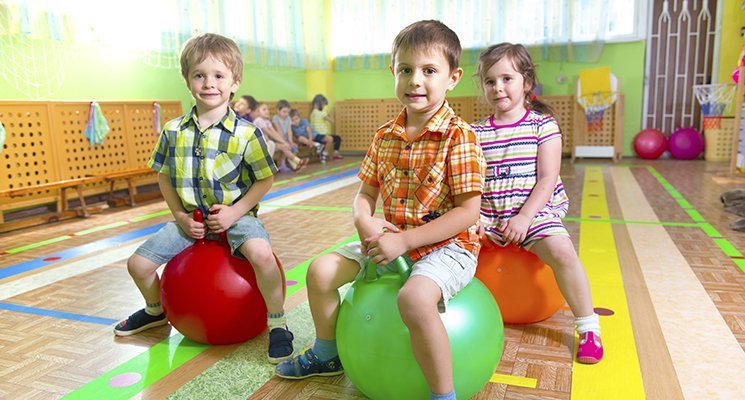Earlier this year, reassuring news about childhood obesity emerged: For 2- to 5-year-olds, rates have plummeted 43 percent in the past decade. The data comes from a major federal health survey and is the first indication that America may be turning the corner on the childhood obesity epidemic. Given evidence that children who are overweight or obese at 3- to 5-years old are five times as likely to be overweight or obese as adults, this is very hopeful news.
But we’re not in the clear yet. It’s still the case, according to the Centres for Disease Control and Prevention (CDC), that 20.5 percent of 12- to 19-year-olds—or 1 out of every 5 kids—are considered obese. Moreover, the CDC reports, only 12 percent of kids ages 12 to 15 are getting the amount of moderate to vigorous physical activity recommended by federal guidelines: 60 minutes each day. The consequences of childhood obesity, or simply of too little activity in childhood, can be disastrous later on: cardiovascular disease, diabetes, bone and joint problems, sleep apnea, poor self-esteem, stroke, cancer, osteoarthritis—the list goes on and on.
Happily, health facilities, and in particular sports facilities that train youth, can make a big difference. First, help spread the word: Send newsletters, post on social media, hang up flyers in your facility, put up a billboard-sized sign in your window—however you do it, get the word out there that there is a problem. Use the numbers the CDC provides (they’re sadly impressive—for example: In 2010, more than one-third of American children and adolescents were overweight or obese). Also mention the good news: The fact that obesity rates for young children have dropped can be offered as a source of hope, and as motivation to continue making improvements.
Also, explicitly describe how your facility helps combat the dire figures. List the classes you offer that keep kids moving for at least 60 minutes; highlight any special deals parents can take advantage of. Invite new students in for free trial classes. Post videos showing kids having fun at your facility. If you’re a health club or fitness center that does not cater to kids, get the word out there anyway—and then explain why it’s crucial for parents, teachers, and other adult role models to stay in shape if they want future generations to stay in shape.
You can also consider doing what AussieFIT, a health club with two venues in Ohio, has done. In response to the CDC’s 2012 report, AussieFIT’s founder, Geoff Dyer, created a fitness initiative for local teens, offering free summer memberships to kids between the ages of 12 and 17. If such a program is impractical for your facility, perhaps there’s other programming—even if only educational workshops—you can offer.
If you help share the information that’s out there, show your members and clients (and potential members and clients) that you care, offer ways to make meaningful changes, and provide a free class or lecture to get folks started, you’ll be well on your way to both making a difference and boosting business.

Youth Obesity and You
« Blog | | | (0) Comments |